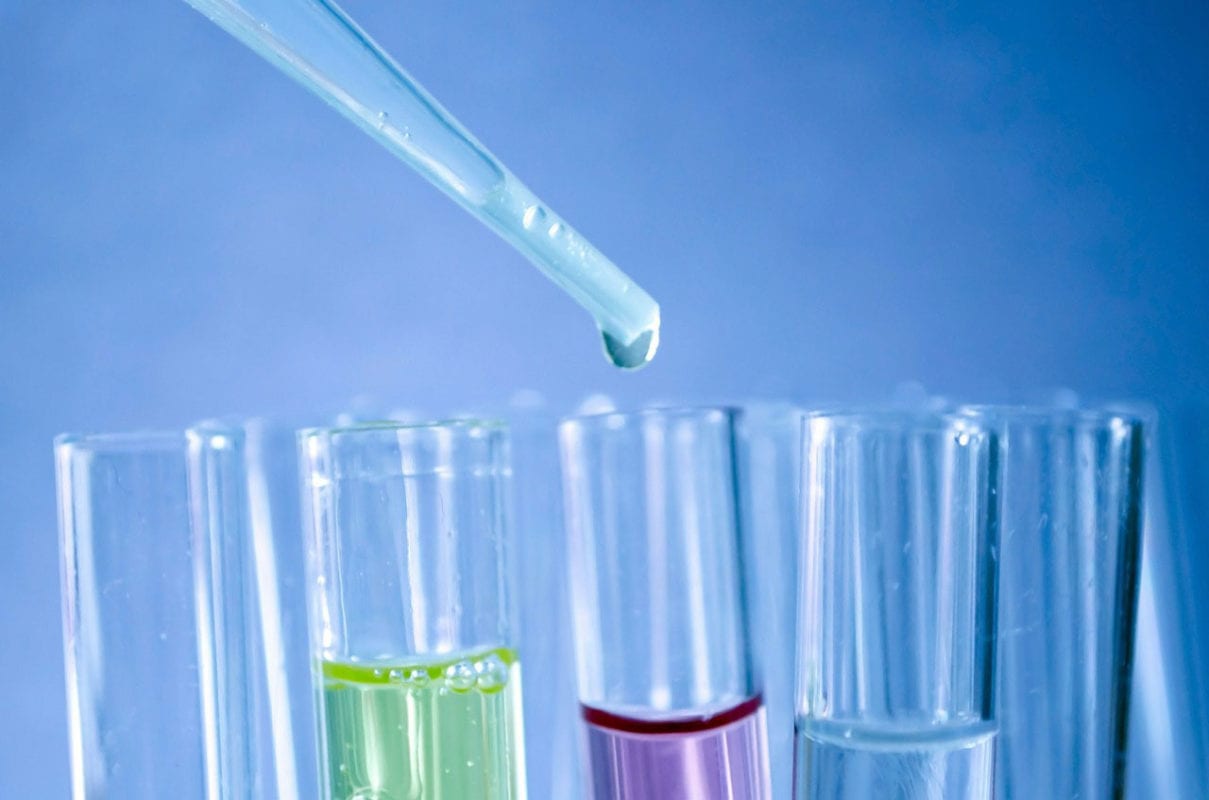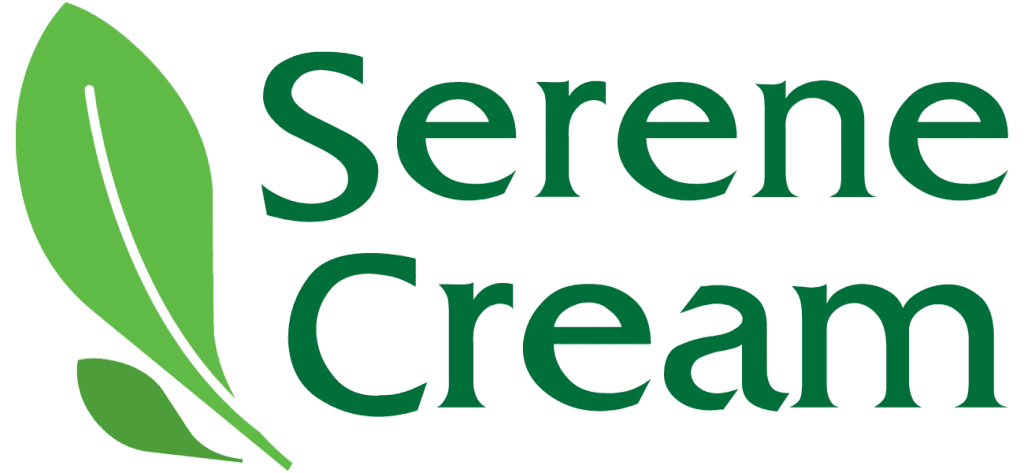Are You Suffering from Chemical Overload?
As time goes on, we are exposed to an increasingly large number of chemicals on a daily basis. Many of these are obvious, such as the pollution from the cars we drive and in our waterways.
However, not many of us are aware of all the “sneaky” chemicals that infiltrate our lives. For example, are you buying products in the supermarket that are claiming to be “healthy” or “natural”?

Do you know how these “natural” ingredients have been processed?How much goodness is left in them?What about the shampoo you are using?Is it “natural” or “herbal”?Chances are that the actual percentage of herbs used is less than 1%, and if that’s the case, what makes up the other 99%?
This stuff is scary and can be overwhelming at times, but don’t worry.Here are three simple steps to start you on your journey to reduce harmful chemicals in your life:
1. Be Aware
Step One is awareness, always read the label!
Have a look at your favourite products, what are the different ingredients used?In general, the ingredients are listed from highest concentration to the lowest, for example, if sugar is the first ingredient in the list then you can be sure this is the main ingredient used in this product.
Do you know what all the ingredients are?Is there anything unfamiliar?Difficult to pronounce?Or maybe just a bunch of numbers?Most packaged foods are highly processed, which can seriously alter the structure of the food, making it nutritionally empty or difficult for our body to absorb.
On the back of your shampoo bottle you may find a commonly used foaming agent called Sodium Lauryl Sulphate (SLS).The side effects of which are well documented and can range from dry, itchy and flaky skin through to hormone problems due to its ability to mimic the hormone oestrogen when it is absorbed into the body.
2. Consider Alternatives
The second step is to consider any alternatives.
Could you make the product yourself?Homemade baked beans are easy to make and retain much more of their nutrient value than the tinned variety, without the additives and sugar.If you can’t make the product, is there a more natural alternative?Compare brands by reading the ingredient lists and determine the best choice.
Look at your skin care products, what’s in the moisturiser you use every day?Is there a better alternative?What about your deodorant?Aluminium chloralhydrate, found in most big brand deodorants, has been linked to breast cancer and although there have been studies, it is not enough to be accepted as fact.There are plenty of natural alternatives out there that are effective so fact or not, is it worth the risk?
3. Educate Yourself
The thirds step is to educate yourself, a simple google search on an unknown ingredient can be invaluable.
There are several shopping guides available that list many of the dangerous food additives, have this handy when you shop until you can recognise them.Have a look in your cleaning cupboard.A lot of products available for cleaning are quite toxic and could be seriously impacting your health.
Look online or call the number on the back of the bottle to obtain a copy of the Safety Data Sheet (SDS) so you can make an informed choice.Switch to less harmful products, or look up recipes to make your own, you will be amazed what you can clean with bi-carb soda and vinegar.
Feeling overwhelmed?Just take one day or one product at a time.Start by doing a little bit of research and reading the labels of your current products.When it comes time to restock products you have finished, consider alternatives, compare brands and try something new.
Best of luck and please don’t hesitate to comment below if you need any further help or if you would like to share your tips or experiences.
